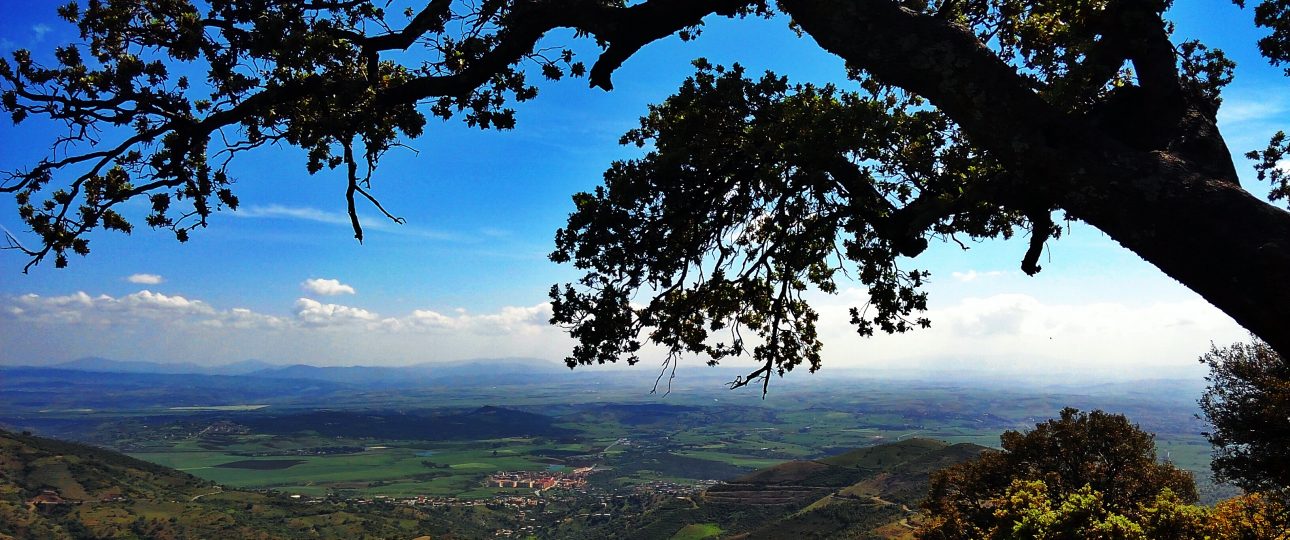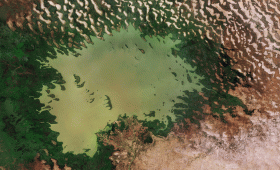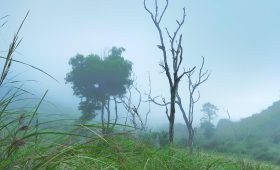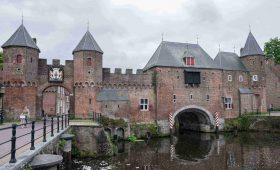Welcome to Djurdjura National Park
Located in the Kabylie region, this park is a haven for those who appreciate rugged landscapes and rich biodiversity. Let’s dive into what makes Djurdjura a remarkable destination.
Why Visit Djurdjura National Park?
Djurdjura National Park is distinguished by its stunning natural features and cultural depth. Here are some highlights:
- Djurdjura Mountains: The park is dominated by the Djurdjura Mountains, with peaks rising over 2,000 meters. These mountains are known for their challenging hiking trails and panoramic views. The name “Djurdjura” comes from the Kabyle word “Jjerjer,” meaning “great cold” or “elevation.”
- Biodiversity: The park is home to diverse flora and fauna, including the endangered Barbary macaque. This primate’s range was once much broader across North Africa. The park’s forests, grottoes, and gorges provide a rich habitat for many species.
- Cultural Significance: Djurdjura is not just about nature. It also hosts ancient Berber villages where traditional lifestyles continue. The name “Mmis n’Djerdjer” refers to the mountain inhabitants, highlighting the deep connection between the people and the land.
Best Time to Visit
Plan your visit during spring or autumn. These seasons offer mild weather, ideal for outdoor activities. Spring brings vibrant blooms, while autumn showcases stunning foliage. Avoid the extreme summer heat and cold winters, which can limit your exploration.
Getting There
Djurdjura National Park is accessible but requires some planning. It’s located about 200 kilometers east of Algiers. Here are your main options:
- By Air: Fly into Houari Boumediene Airport in Algiers. From there, a domestic flight to Bejaia Airport brings you closer to the park. Once in Bejaia, hire a taxi or rent a car to reach the park.
- By Land: For a scenic route, take a bus from Algiers to Tizi Ouzou, the nearest town to the park. From Tizi Ouzou, taxis or local buses can take you to the park entrance.
Exploring the Park
Once inside Djurdjura National Park, you’ll need to navigate its vast terrain. Here are some transportation tips:
- Hiking: The park offers well-marked trails for all skill levels. Whether you’re a beginner or an experienced hiker, you’ll find paths that suit your abilities.
- Guided Tours: Consider joining a guided tour. Local guides provide insights into the park’s history and ecology, enriching your visit.
- Taxis: For shorter distances or specific trailheads, taxis are available. Negotiate fares in advance and ensure the driver knows your destination.




